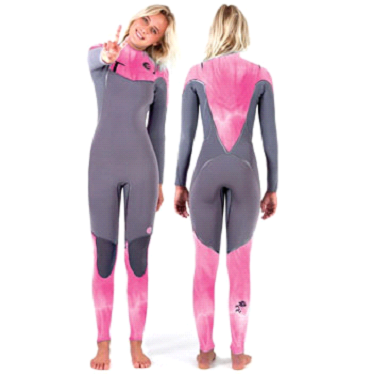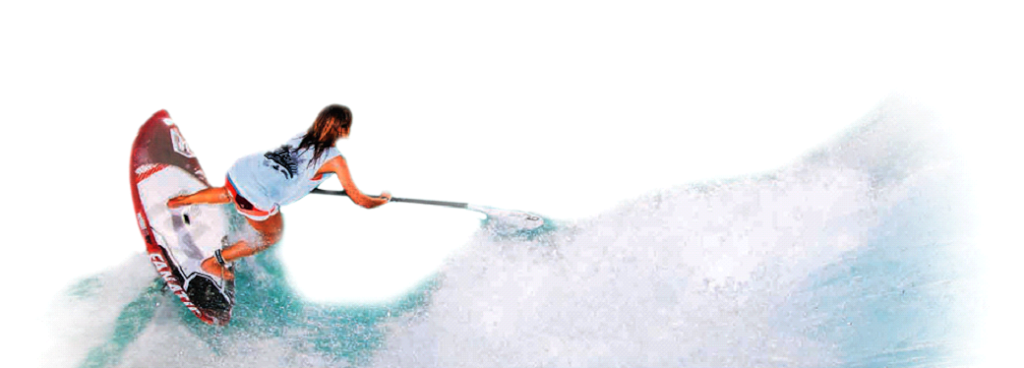
Sports Content // How to Choose the Right Ladies Winter Wetsuits *
⦁ Construction – How the women’s wetsuits are made can also affect heat retention enormously. If there are weak points within the women’s winter wetsuit, for example zips and seams, then the chances of cold water entering the suit will be increased. Poorly stitched seams can result in women’s wetsuits becoming very poor insulators and should be something that is scrutinised closely when making a purchase. Zips too can be hugely wasteful where warmth retention is concerned. Cold water that seeps through the teeth of ladies winter wetsuits can be combatted quite effectively with the help of a zip baffle. This small layer of material that lies across the rear of the zip can stop large amounts of water entering into the suit. It works by compressing the material against the inside of the ladies winter wetsuits, a further reason that a good fit is essential.
⦁ Thickness – The thickness of the neoprene that you choose will make a difference to the warmth of the suit. A 5/3mm wetsuit will be warmer than a 5mm wetsuit. The 5mm wetsuit is suitable for sea temperatures of 9° Centigrade (48° Fahrenheit) and above. However, should you be entering colder waters, you may want to consider moving up to a 5/3mm wetsuit if not thicker. How comfortable you feel can also have a bearing on whether to choose a 5mm wetsuit or a 5/3mm wetsuit and above.
If one of these points is neglected then the others will become worthless, regardless of their quality. For instance, if you were thinking of buying new women’s wetsuits that came with dryzips (like the ones that can be found on drysuits), and you neglected the fit of the suit, the extra money that the dryzip costs will have been totally wasted. Think of buying a new wetsuit as a whole package, rather than go for the latest gimmick that has entered the market. It is far better to be warm than to be wasteful.







One Comment
Hayley Warren
I didn’t realise there was so much you had to think about when choosing a wetsuit! Great post 🙂